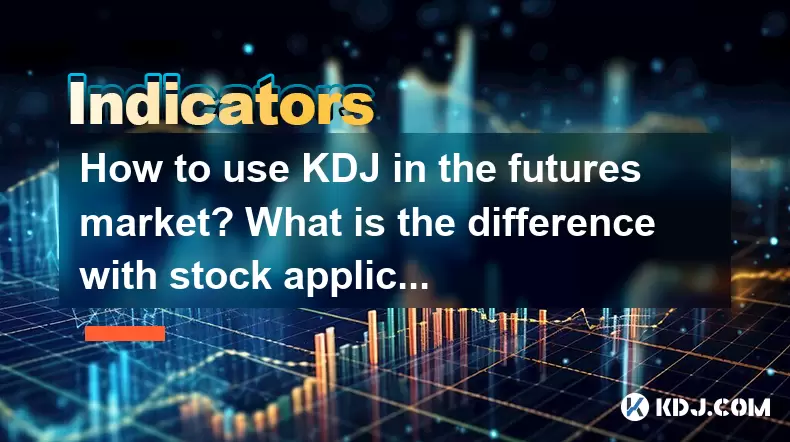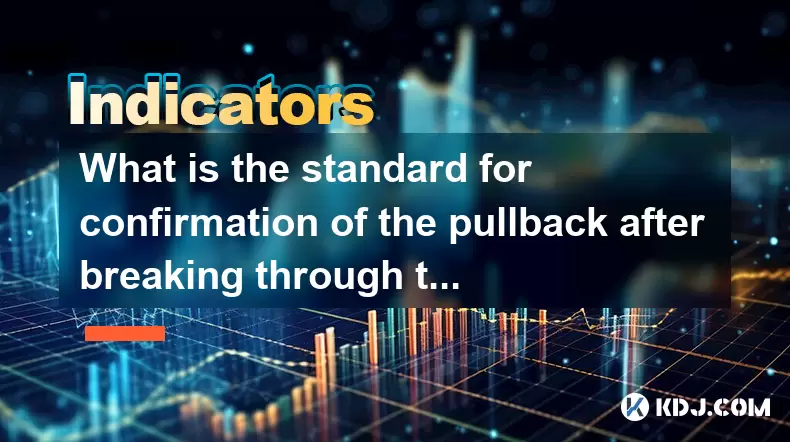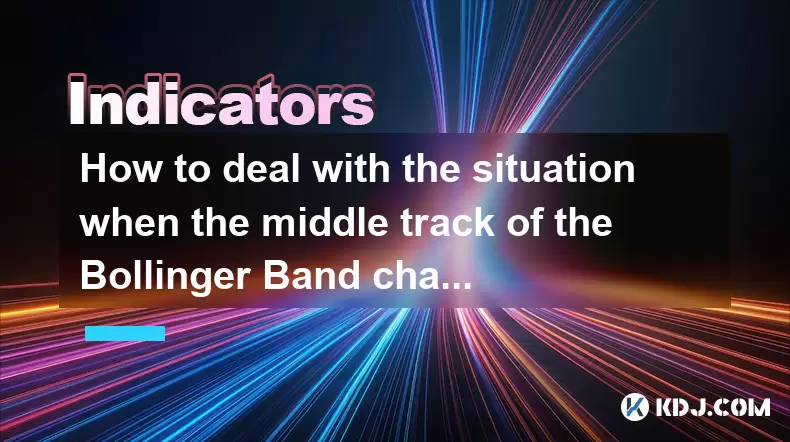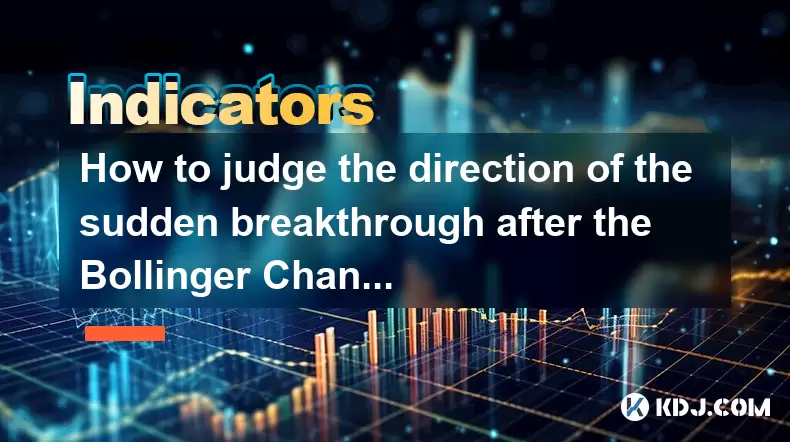-
 Bitcoin
Bitcoin $101,898.5005
-0.75% -
 Ethereum
Ethereum $2,258.1125
-1.07% -
 Tether USDt
Tether USDt $1.0004
0.01% -
 XRP
XRP $2.0178
-2.93% -
 BNB
BNB $624.0243
-1.53% -
 Solana
Solana $134.3298
-0.90% -
 USDC
USDC $0.9999
0.01% -
 TRON
TRON $0.2675
-2.05% -
 Dogecoin
Dogecoin $0.1538
-1.96% -
 Cardano
Cardano $0.5482
-1.11% -
 Hyperliquid
Hyperliquid $35.5636
5.45% -
 Bitcoin Cash
Bitcoin Cash $453.4902
-1.66% -
 Sui
Sui $2.5134
-2.97% -
 UNUS SED LEO
UNUS SED LEO $9.1292
1.77% -
 Chainlink
Chainlink $11.8457
-1.60% -
 Stellar
Stellar $0.2312
-2.73% -
 Avalanche
Avalanche $16.9721
0.29% -
 Toncoin
Toncoin $2.7549
-3.82% -
 Shiba Inu
Shiba Inu $0.0...01081
-1.10% -
 Litecoin
Litecoin $80.8250
-0.71% -
 Hedera
Hedera $0.1374
0.21% -
 Monero
Monero $305.4827
-2.36% -
 Ethena USDe
Ethena USDe $1.0006
0.00% -
 Dai
Dai $1.0000
-0.01% -
 Polkadot
Polkadot $3.2085
-3.12% -
 Bitget Token
Bitget Token $4.0845
-3.13% -
 Uniswap
Uniswap $6.3353
-1.63% -
 Pi
Pi $0.5085
-0.70% -
 Pepe
Pepe $0.0...08913
-3.82% -
 Aave
Aave $232.7090
-0.58%
How to use KDJ in the futures market? What is the difference with stock applications?
The KDJ indicator, used in futures trading, helps identify overbought and oversold conditions, with lines K, D, and J signaling potential trend reversals.
May 23, 2025 at 04:49 am

The KDJ indicator, also known as the Stochastic Oscillator, is a popular technical analysis tool used in various financial markets, including the futures market. It helps traders identify potential overbought and oversold conditions and can signal possible trend reversals. In this article, we will explore how to use the KDJ indicator in the futures market and discuss its differences when applied to stock markets.
Understanding the KDJ Indicator
The KDJ indicator consists of three lines: K, D, and J. The K line represents the fastest line, the D line is a moving average of the K line, and the J line is a more sensitive line derived from K and D. The indicator oscillates between 0 and 100, with readings above 80 indicating overbought conditions and readings below 20 indicating oversold conditions.
The KDJ indicator is calculated using the following formulas:
- K = 50
- D = 50
- J = 3 K - 2 D
After the initial values, the subsequent values are calculated using:
- K = (Current Close - Lowest Low) / (Highest High - Lowest Low) * 100
- D = SMA(K, 3)
- J = 3 K - 2 D
Where:
- Current Close is the closing price of the current period.
- Lowest Low is the lowest low over a specified period.
- Highest High is the highest high over the specified period.
- SMA is the simple moving average.
Applying KDJ in Futures Trading
To use the KDJ indicator in the futures market, follow these steps:
- Select a trading platform: Ensure your trading platform supports the KDJ indicator. Most major platforms, such as MetaTrader 4 or 5, have this tool available.
- Add the KDJ indicator: Locate the indicator menu in your platform, find the KDJ or Stochastic Oscillator, and add it to your chart.
- Set the parameters: Typically, the default settings are a 9-period K, a 3-period D, and a 3-period J. You can adjust these parameters based on your trading style and the specific futures contract you are trading.
- Analyze the KDJ lines: Look for crossovers between the K and D lines. A bullish signal occurs when the K line crosses above the D line, while a bearish signal is generated when the K line crosses below the D line.
- Identify overbought and oversold conditions: When the KDJ lines move above 80, the market is considered overbought, and when they drop below 20, the market is considered oversold. Traders often look for these conditions to anticipate potential reversals.
- Confirm with other indicators: To increase the reliability of your signals, use the KDJ in conjunction with other technical indicators, such as moving averages or the Relative Strength Index (RSI).
KDJ Trading Strategies in Futures
Several strategies can be employed using the KDJ indicator in the futures market:
- Overbought/Oversold Strategy: When the KDJ lines enter the overbought zone (above 80), consider selling or shorting the futures contract. Conversely, when the lines enter the oversold zone (below 20), consider buying or going long.
- Crossover Strategy: Use the K and D line crossovers to initiate trades. A bullish crossover (K line crossing above D line) suggests a potential upward move, while a bearish crossover (K line crossing below D line) indicates a possible downward move.
- Divergence Strategy: Look for divergences between the KDJ indicator and the price action. If the price makes a new high but the KDJ fails to reach a new high, it may signal a bearish reversal. Conversely, if the price makes a new low but the KDJ fails to reach a new low, it may indicate a bullish reversal.
Differences Between Futures and Stock Applications
While the KDJ indicator can be applied similarly in both futures and stock markets, there are notable differences due to the nature of these markets:
- Volatility: Futures markets often exhibit higher volatility than stock markets. This can lead to more frequent overbought and oversold signals in futures trading. Traders need to be cautious and confirm signals with additional indicators to avoid false signals.
- Leverage: Futures contracts typically involve higher leverage than stocks. This means that small price movements can result in significant profits or losses. The KDJ indicator can help traders manage risk by identifying potential reversal points more effectively.
- Market Hours: Futures markets operate nearly 24 hours a day, whereas stock markets have specific trading hours. This extended trading period can affect the timing and effectiveness of KDJ signals.
- Contract Expiration: Futures contracts have expiration dates, which can influence trading strategies. Traders need to consider these dates when using the KDJ indicator to avoid holding positions that could be affected by contract rollovers.
Practical Example of Using KDJ in Futures Trading
Let's consider a practical example of using the KDJ indicator in trading a futures contract, such as the E-mini S&P 500:
- Identify the trend: First, analyze the overall trend of the E-mini S&P 500 using a longer-term chart. If the market is in an uptrend, look for buying opportunities.
- Add the KDJ indicator: Add the KDJ indicator to your chart with the default settings (9, 3, 3).
- Look for oversold conditions: If the KDJ lines drop below 20, indicating an oversold condition, this could be a potential buying opportunity.
- Wait for a bullish crossover: Once the KDJ lines are in the oversold zone, wait for the K line to cross above the D line. This crossover confirms the bullish signal.
- Enter the trade: Enter a long position in the E-mini S&P 500 futures contract after the bullish crossover.
- Set stop-loss and take-profit levels: Use technical analysis to set appropriate stop-loss and take-profit levels. For example, set a stop-loss just below the recent low and a take-profit at a resistance level identified on the chart.
- Monitor the trade: Keep an eye on the KDJ indicator and other technical indicators to manage your trade. If the KDJ lines move back above 80, consider taking profits or adjusting your stop-loss to lock in gains.
Frequently Asked Questions
Q1: Can the KDJ indicator be used for short-term and long-term trading in the futures market?
A1: Yes, the KDJ indicator can be used for both short-term and long-term trading in the futures market. For short-term trading, traders might use shorter periods for the K, D, and J lines to capture more frequent signals. For long-term trading, longer periods can be used to filter out noise and focus on more significant trends. Adjusting the parameters according to your trading timeframe can help optimize the effectiveness of the KDJ indicator.
Q2: How can I avoid false signals when using the KDJ indicator in futures trading?
A2: To avoid false signals, it's crucial to use the KDJ indicator in conjunction with other technical analysis tools. For example, you can use trend lines, moving averages, and other momentum indicators like the RSI to confirm KDJ signals. Additionally, paying attention to the overall market context and volume can help validate the signals generated by the KDJ indicator.
Q3: Is the KDJ indicator more effective in certain types of futures contracts?
A3: The effectiveness of the KDJ indicator can vary depending on the specific futures contract being traded. Highly liquid and volatile contracts, such as those for commodities like oil or indices like the S&P 500, may produce more reliable signals due to the significant price movements. However, less liquid contracts might generate more false signals. It's essential to backtest the KDJ indicator on historical data for the specific futures contract you are interested in trading to assess its effectiveness.
Q4: How does the KDJ indicator perform during different market conditions in the futures market?
A4: The KDJ indicator can perform differently under various market conditions. In trending markets, the KDJ can help identify potential entry and exit points by signaling overbought and oversold conditions. In range-bound markets, the KDJ may generate more frequent signals, which can be useful for short-term trading. However, during highly volatile or choppy market conditions, the KDJ might produce more false signals, requiring traders to use additional confirmation tools to enhance reliability.
Disclaimer:info@kdj.com
The information provided is not trading advice. kdj.com does not assume any responsibility for any investments made based on the information provided in this article. Cryptocurrencies are highly volatile and it is highly recommended that you invest with caution after thorough research!
If you believe that the content used on this website infringes your copyright, please contact us immediately (info@kdj.com) and we will delete it promptly.
- Cryptocurrencies, Coingecko, and Trending Tokens: What's Hot Now?
- 2025-06-23 23:05:12
- FUNToken: Decoding Past Trends and Getting Started in the Gaming Crypto Sphere
- 2025-06-23 22:25:12
- BTC Price Analysis: Navigating Volatility and the Quest for a New ATH
- 2025-06-23 22:25:12
- Genesis, Bitcoin Mining, and Air-Cooled Miners: A New Era?
- 2025-06-23 22:45:12
- Coinbase's Growth and Resilience: Navigating the Crypto Landscape
- 2025-06-23 22:45:12
- Bitcoin Options Market: Bullish Bets Amidst Geopolitical Jitters
- 2025-06-23 22:51:52
Related knowledge

Is it contradictory that the moving average system is arranged in a bullish pattern but the DMI shows a decline in trend strength?
Jun 23,2025 at 11:43pm
Understanding the Moving Average and DMI RelationshipIn cryptocurrency trading, technical analysis plays a crucial role in identifying potential trends and making informed decisions. Two of the most commonly used indicators are the Moving Average (MA) and the Directional Movement Index (DMI). While both tools aim to provide insight into market direction...

What is the significance of the gap formed by the gap opening not being filled within five days?
Jun 23,2025 at 09:42pm
Understanding Gaps in Cryptocurrency TradingIn the world of cryptocurrency trading, a gap refers to a situation where the price of an asset jumps from one level to another without any trading activity occurring between those two levels. This often happens over weekends or holidays when the market is closed, and significant news or events occur that impa...

What is the standard for confirmation of the pullback after breaking through the neckline with large volume?
Jun 23,2025 at 11:28pm
Understanding the Neckline in Technical AnalysisIn technical analysis, the neckline is a critical support or resistance level that appears in chart patterns such as head and shoulders, double tops, and double bottoms. It typically connects two or more lows (in the case of a head and shoulders top) or highs (in the case of a head and shoulders bottom). W...

How to deal with the situation when the middle track of the Bollinger Band changes from support to resistance?
Jun 23,2025 at 11:22pm
Understanding the Bollinger Band Middle TrackThe Bollinger Band is a widely used technical indicator in cryptocurrency trading. It consists of three lines: the upper band, the lower band, and the middle track, which is typically a 20-period simple moving average (SMA). Traders often rely on the middle track as a dynamic support or resistance level. Howe...

Does the second golden cross of MACD above the zero axis represent the continuation of strength?
Jun 23,2025 at 08:21pm
Understanding the MACD IndicatorThe Moving Average Convergence Divergence (MACD) is a widely used technical analysis tool in cryptocurrency trading. It consists of three main components: the MACD line, the signal line, and the histogram. The MACD line is calculated by subtracting the 26-period Exponential Moving Average (EMA) from the 12-period EMA. The...

How to judge the direction of the sudden breakthrough after the Bollinger Channel narrows to the extreme?
Jun 23,2025 at 11:00pm
Understanding the Bollinger Channel and Its Narrowing PatternThe Bollinger Channel is a widely used technical indicator in cryptocurrency trading, consisting of three bands: the middle band (a simple moving average), and two outer bands that represent standard deviations from the middle line. When the price consolidates for an extended period, the chann...

Is it contradictory that the moving average system is arranged in a bullish pattern but the DMI shows a decline in trend strength?
Jun 23,2025 at 11:43pm
Understanding the Moving Average and DMI RelationshipIn cryptocurrency trading, technical analysis plays a crucial role in identifying potential trends and making informed decisions. Two of the most commonly used indicators are the Moving Average (MA) and the Directional Movement Index (DMI). While both tools aim to provide insight into market direction...

What is the significance of the gap formed by the gap opening not being filled within five days?
Jun 23,2025 at 09:42pm
Understanding Gaps in Cryptocurrency TradingIn the world of cryptocurrency trading, a gap refers to a situation where the price of an asset jumps from one level to another without any trading activity occurring between those two levels. This often happens over weekends or holidays when the market is closed, and significant news or events occur that impa...

What is the standard for confirmation of the pullback after breaking through the neckline with large volume?
Jun 23,2025 at 11:28pm
Understanding the Neckline in Technical AnalysisIn technical analysis, the neckline is a critical support or resistance level that appears in chart patterns such as head and shoulders, double tops, and double bottoms. It typically connects two or more lows (in the case of a head and shoulders top) or highs (in the case of a head and shoulders bottom). W...

How to deal with the situation when the middle track of the Bollinger Band changes from support to resistance?
Jun 23,2025 at 11:22pm
Understanding the Bollinger Band Middle TrackThe Bollinger Band is a widely used technical indicator in cryptocurrency trading. It consists of three lines: the upper band, the lower band, and the middle track, which is typically a 20-period simple moving average (SMA). Traders often rely on the middle track as a dynamic support or resistance level. Howe...

Does the second golden cross of MACD above the zero axis represent the continuation of strength?
Jun 23,2025 at 08:21pm
Understanding the MACD IndicatorThe Moving Average Convergence Divergence (MACD) is a widely used technical analysis tool in cryptocurrency trading. It consists of three main components: the MACD line, the signal line, and the histogram. The MACD line is calculated by subtracting the 26-period Exponential Moving Average (EMA) from the 12-period EMA. The...

How to judge the direction of the sudden breakthrough after the Bollinger Channel narrows to the extreme?
Jun 23,2025 at 11:00pm
Understanding the Bollinger Channel and Its Narrowing PatternThe Bollinger Channel is a widely used technical indicator in cryptocurrency trading, consisting of three bands: the middle band (a simple moving average), and two outer bands that represent standard deviations from the middle line. When the price consolidates for an extended period, the chann...
See all articles
























































































